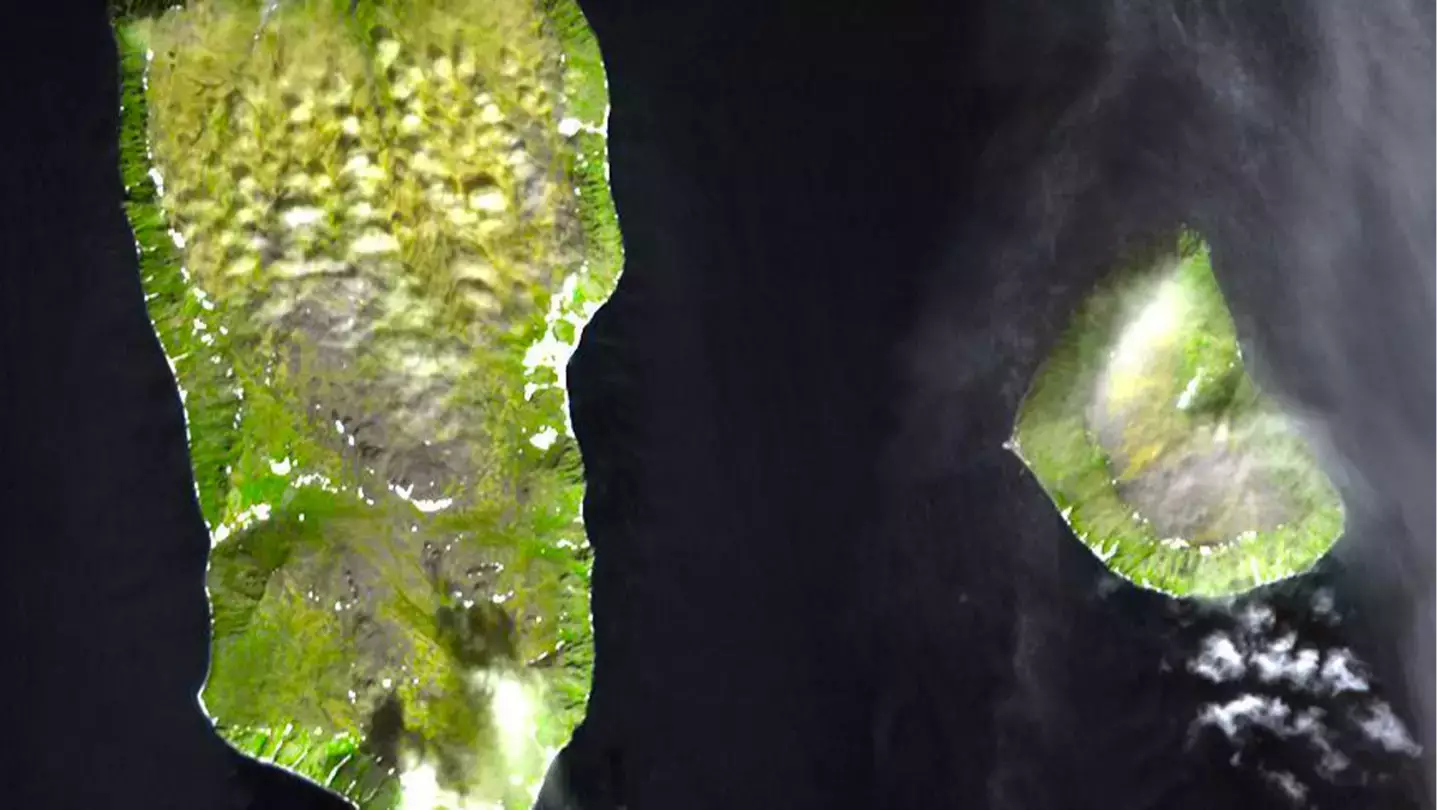
Two islands may only be a short stretch of water apart, but they have highly contrasting time zones.
You may not be able to use an Hour-Reversal Charm in real life, but if you wanted to get one step closer to channeling your inner Harry or Hermione, a trip to the remote islands of Big and Little Diomede will do before Elon Musk or someone else comes up with a time travel alternative.
The Big and Little Diomede are located at the top of the world in the Bering Strait that divides the Russian province of Siberia from Alaska in the US State.
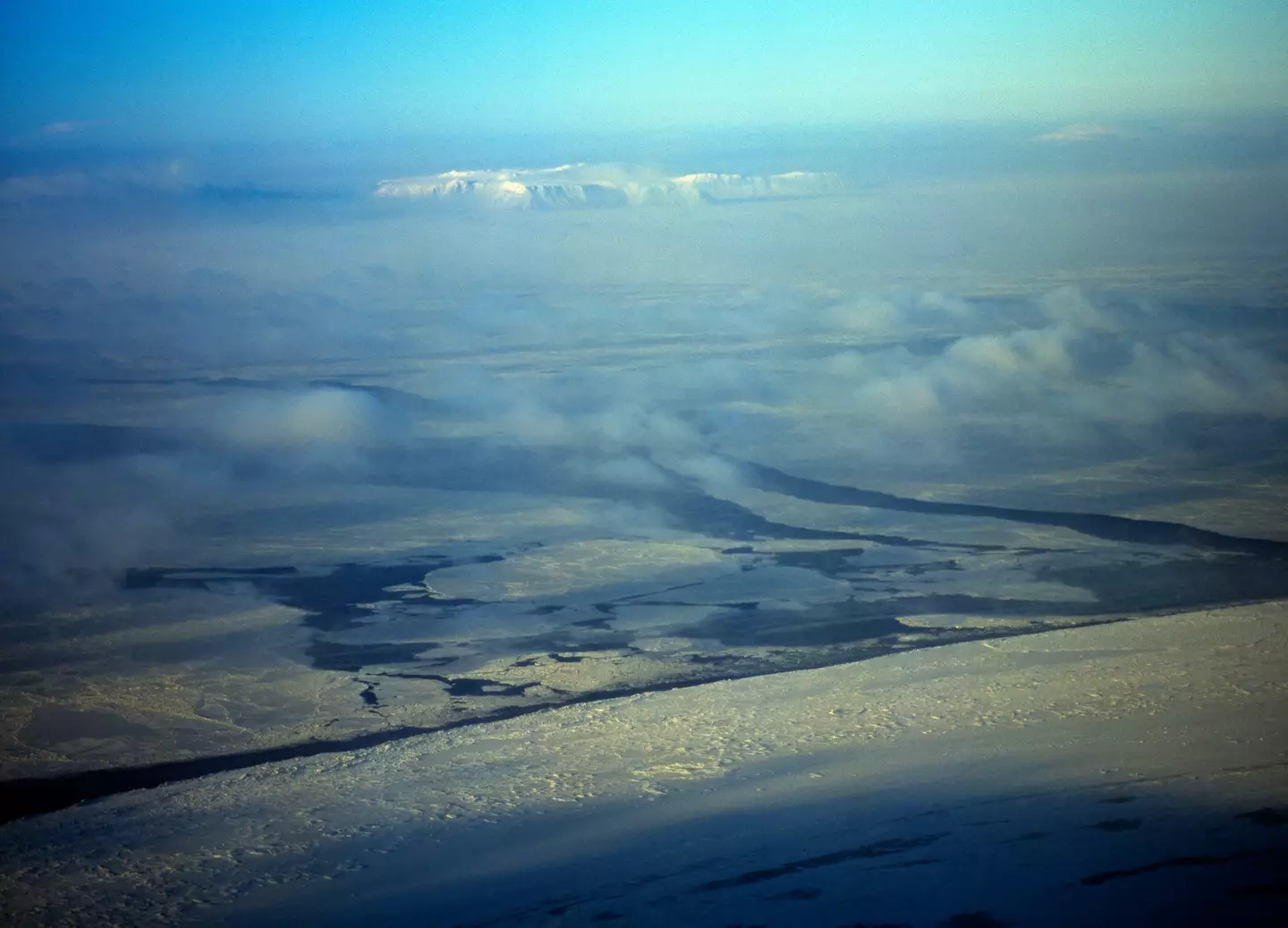
The gap between the two islands only measures three miles (4.8km) which would take you around just 20 minutes to walk if you could walk on water, however, the islands are world's apart in terms of their time differences.
Advert
The Big and Little Diomede are separated not just by a stretch of sea, but also the International Date Line which results in there being a significant time zone difference between the two - of 21 hours or sometimes 20 hours at certain points of the year.
This means if you travel between them, you'll skip forward or back by a whole day despite the journey being very short.
The International Date Line is an abstract line that runs a jagged path through the Pacific Ocean, deciding where one day ends and another begins.
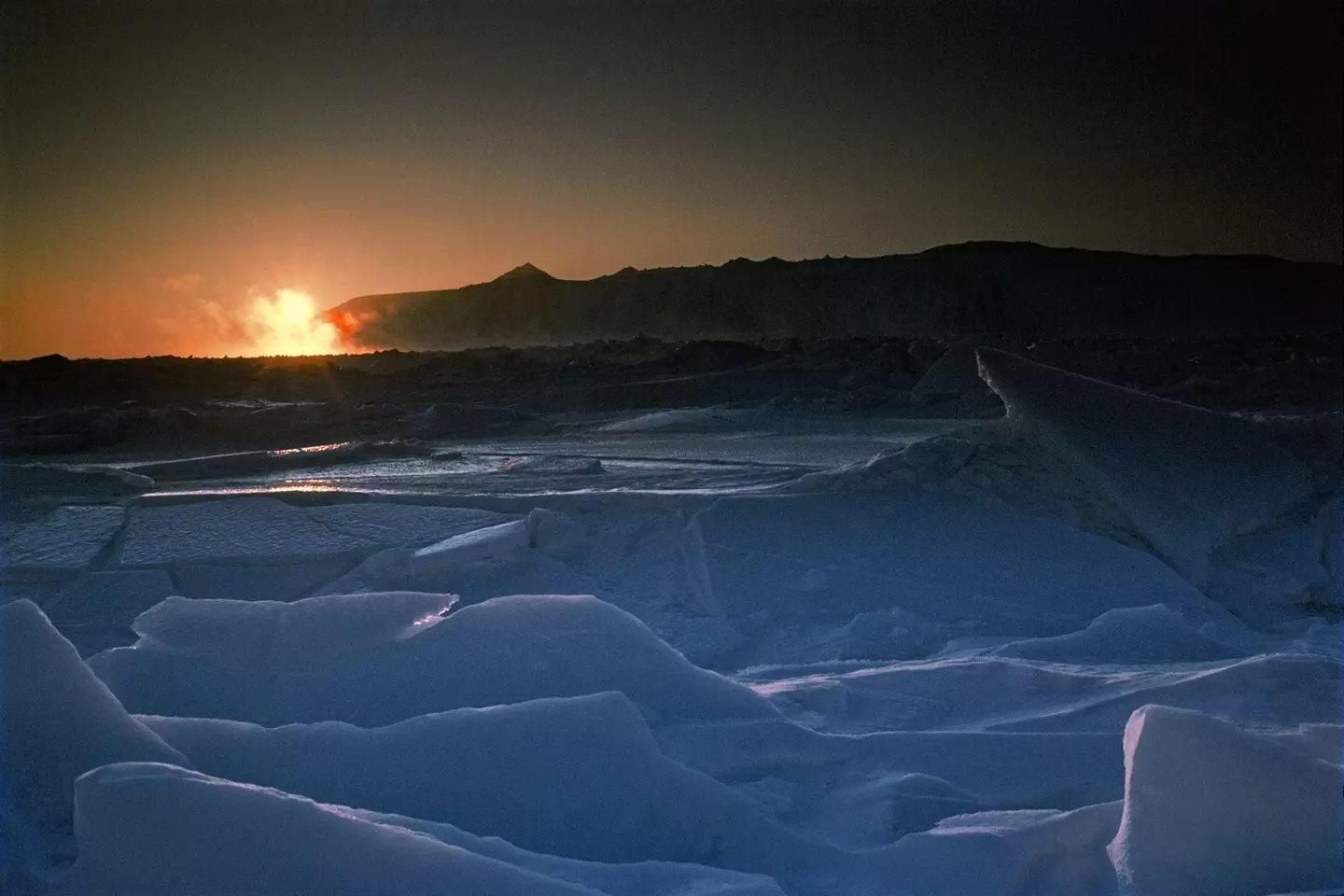
During the winter months of the Northern Hemisphere, it could almost be possible to walk between the two of them, given that the sea freezes over.
Advert
At other times of the year, it could even be possible to swim or row from one calendar day into another, either forwards or backwards.
Would you have jetlag when you arrive? OK, that’s a bit of a silly suggestion.
To be fair, it would be silly to attempt to traverse the gap anyway, given that it is illegal to travel between the two islands because you’d be crossing from sovereign territory of the United States of America into sovereign territory of Russia.
That’s famously never been a border that you’d want to cross, without the correct permissions at least.
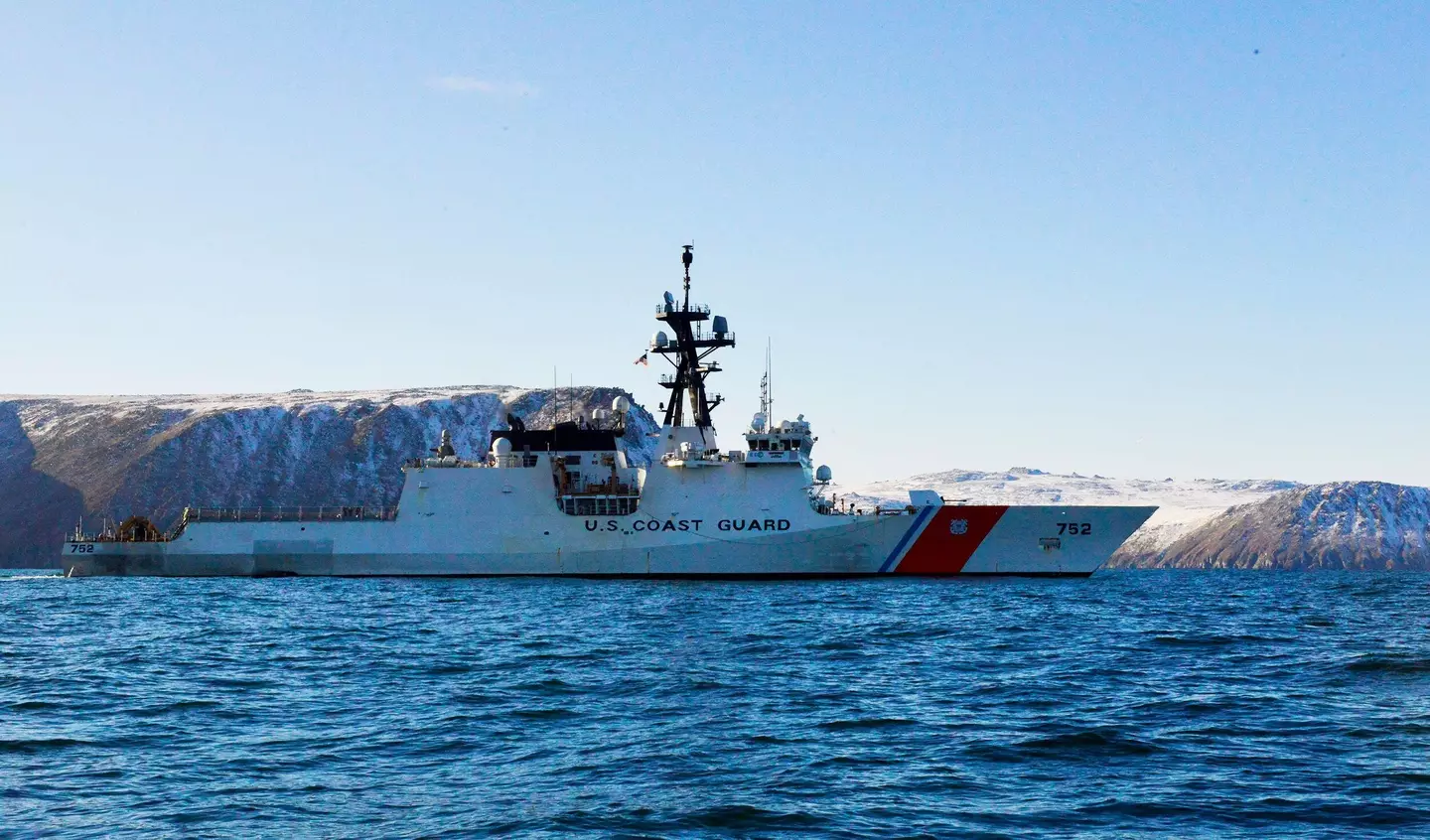
What’s more, if you crossed from USA to Russia, you’d find very little reason to be on Big Diomede, as nobody whatsoever lives there.
Advert
There are people who make their home on Little Diomede, with the latest data suggesting that there are about 110 people living there.
The islands take their name from the Greek Saint Diomede, who lived around the third and fourth centuries.
That name came after they were discovered by the Danish-Russian navigator Vitus Bering – who gives his name to the Bering Strait – on August 16 in 1728.
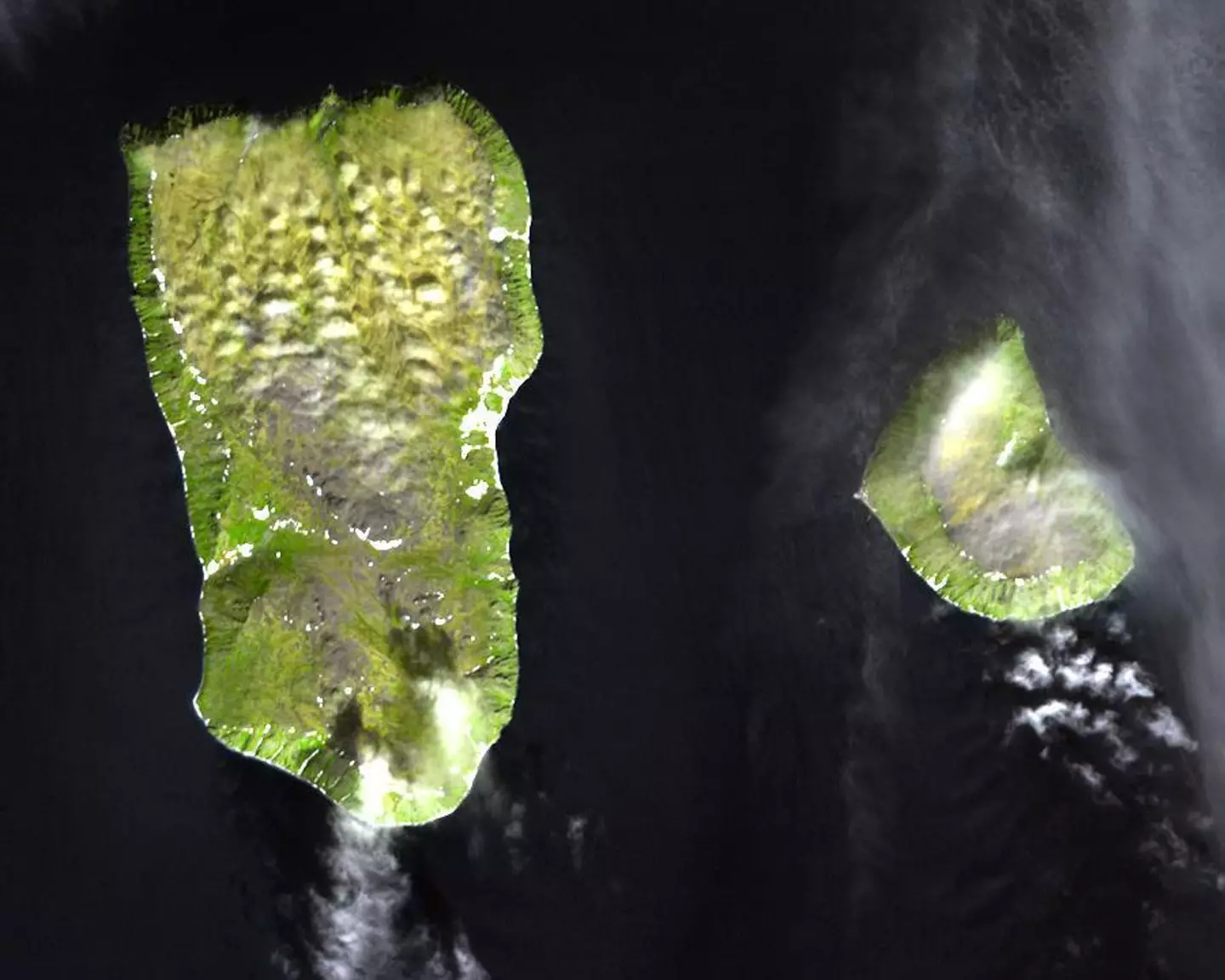
That’s the day in the Russian Orthodox Christian calendar that celebrates – you’ve guessed it – Saint Diomede.
Advert
Most people will never be able to make the journey between the two islands, but in August 1987 American swimmer Lynne Cox did make the journey across through the icy waters.
Despite the distance only being 2.7 miles, it must have taken some serious endurance and bravery to achieve that feat.
Perhaps it’s better just to know that this anomaly exists, rather than immersing yourself in icy water and experiencing it for yourself.
Topics: Environment, Travel, World News, Science
